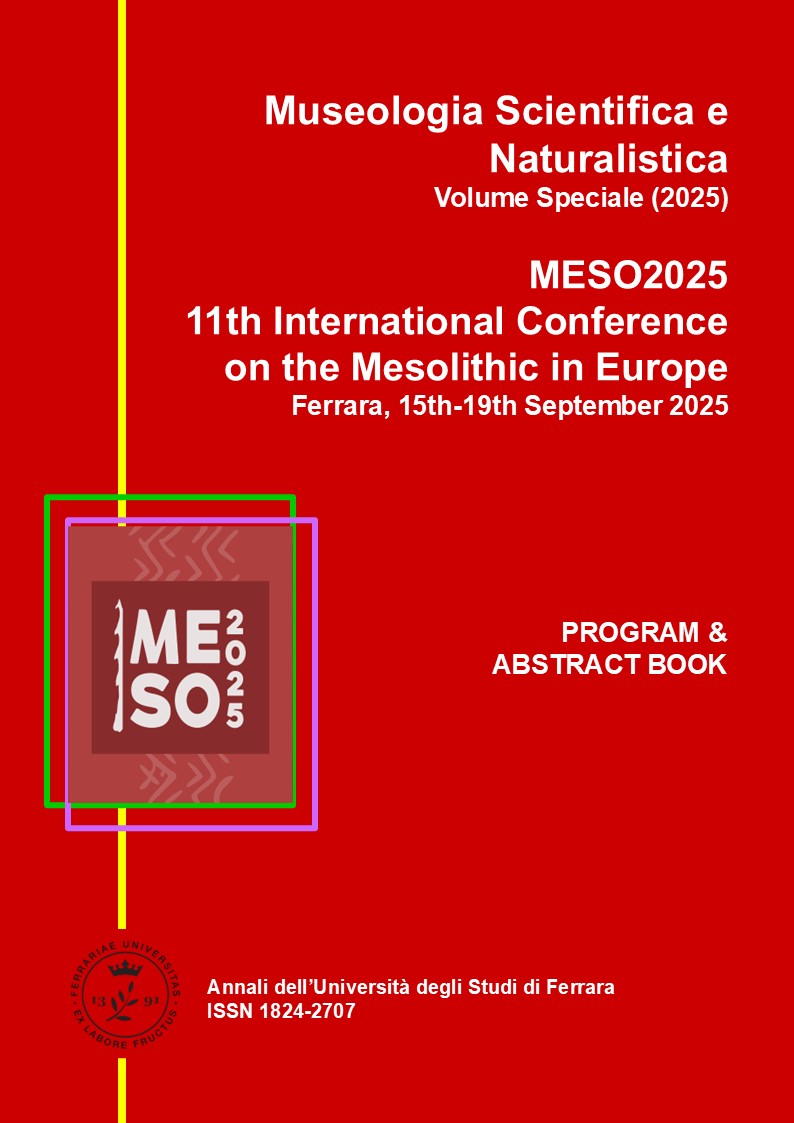MESO2025 - Session 11. Bioarchaeological approaches
Coordinated by Dušan Borić and Julien Riel Salvatore
DOI:
https://doi.org/10.15160/1824-2707/3093Abstract
Over the past several decades, there have been major methodological advances in bioarchaeology, encompassing a wide range of scientific approaches to shed light on the diversity of human lives in the Mesolithic. Applied primarily to human and animal bone samples, these include biomolecular approaches and isotope analyses (notably nitrogen, carbon, sulfur, oxygen and strontium) to reconstruct diet, provenance/mobility, and/or seasonality. In addition, bone chemistry is an integral part of accelerated mass spectrometry (AMS) applied to short-lived organisms and are critical in establishing robust and precise chronologies. Likewise, the fast-growing field of past population genetics has also made remarkable progress over the past decade, as has proteomic research, including methods such as collagen finger-printing (e.g., Zooarchaeology by Mass Spectrometry, or ZooMS) which allow the identification of highly fragmented animal remains to the genus level. On the other hand, more traditional approaches such as morphometrics and histology have also developed substantially in analytical sophistication, contributing novel insights into Mesolithic human life histories. In this session, we invite contributors to present diverse studies within the wider field of bioarchaeology through both novel analytical approaches and state-of-the-art methodologies applied to Mesolithic assemblages.



